Discover insights, tips, and stories from the skies — from aircraft buying guides to pilot training.

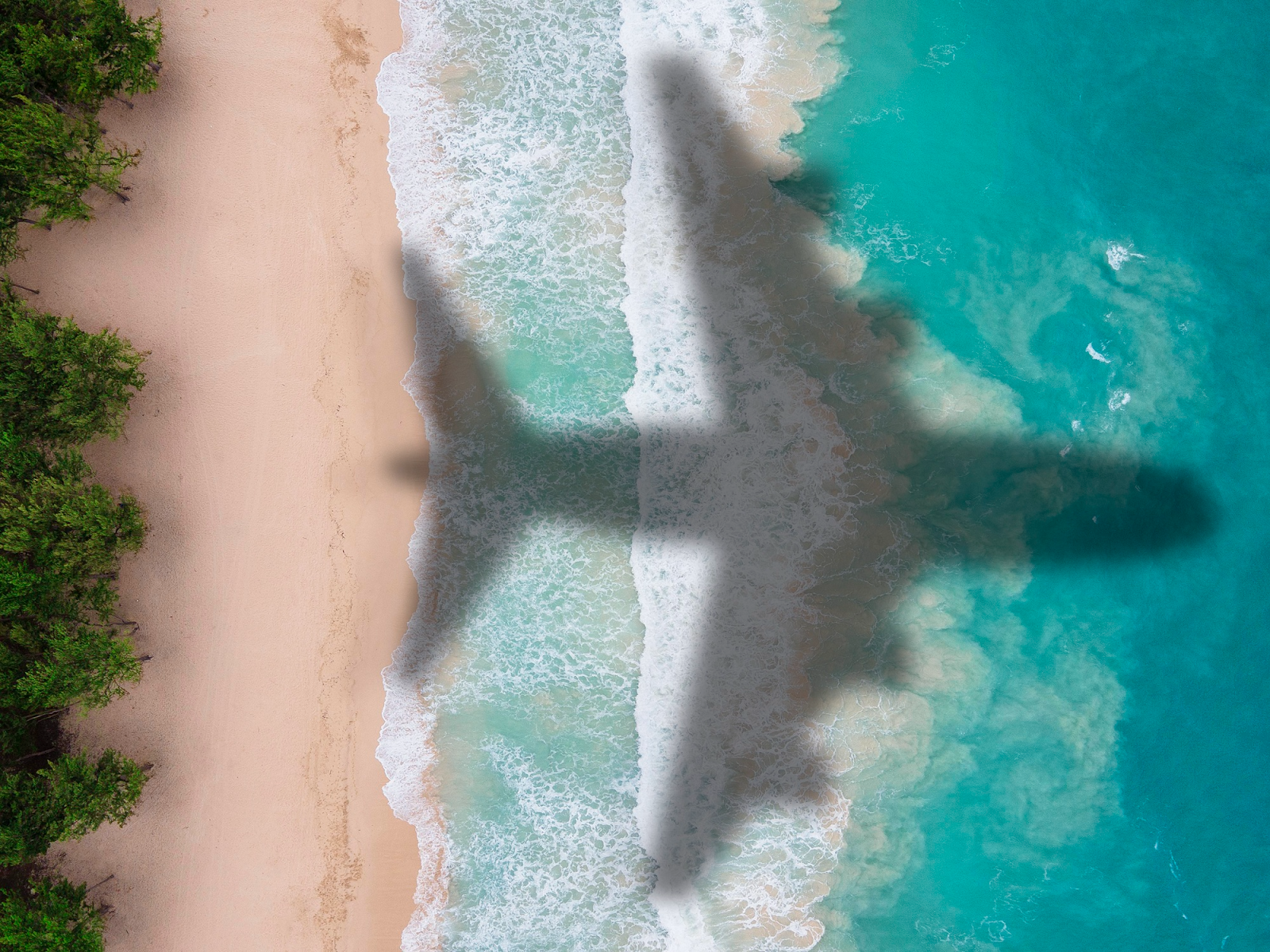
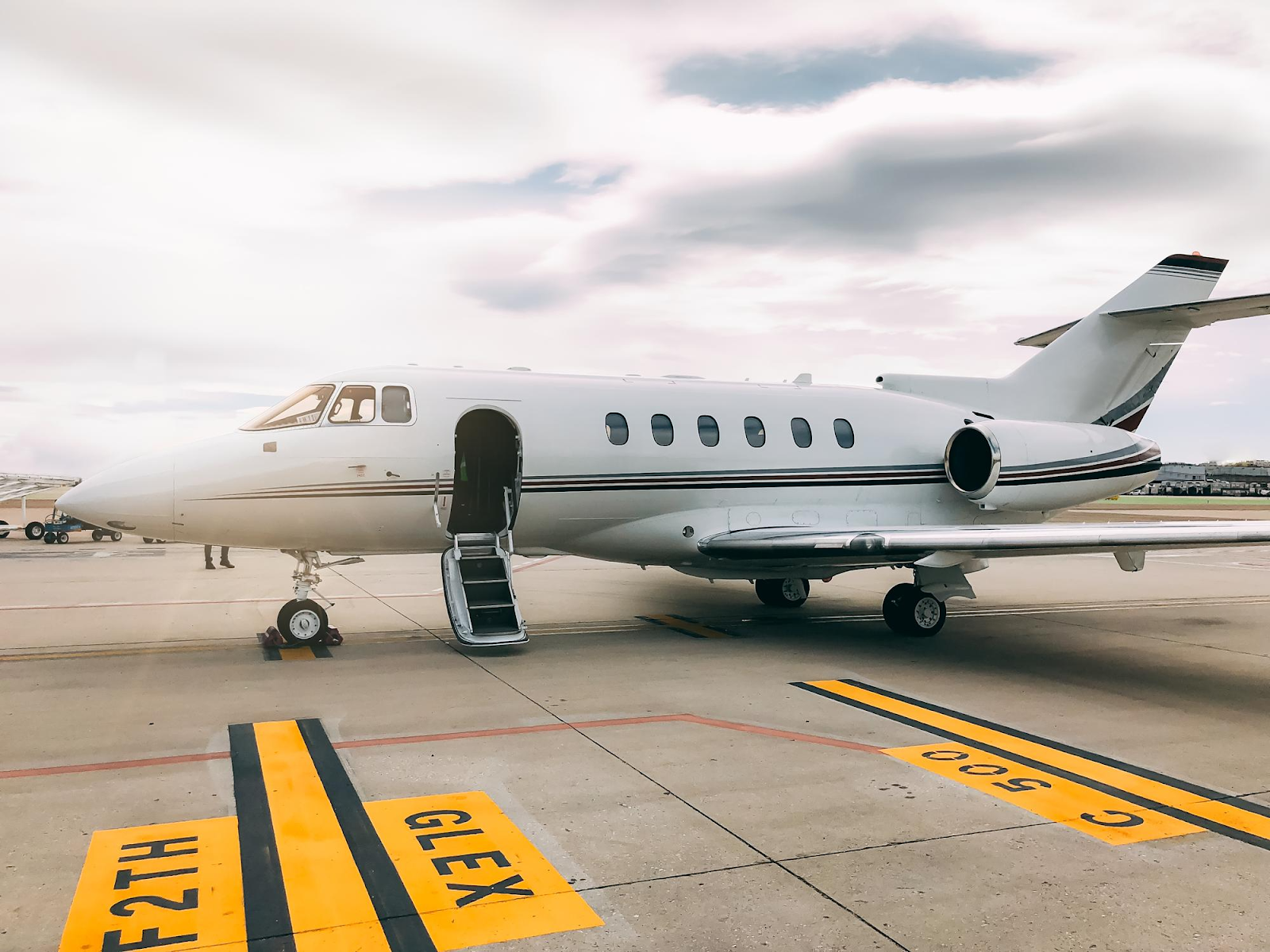
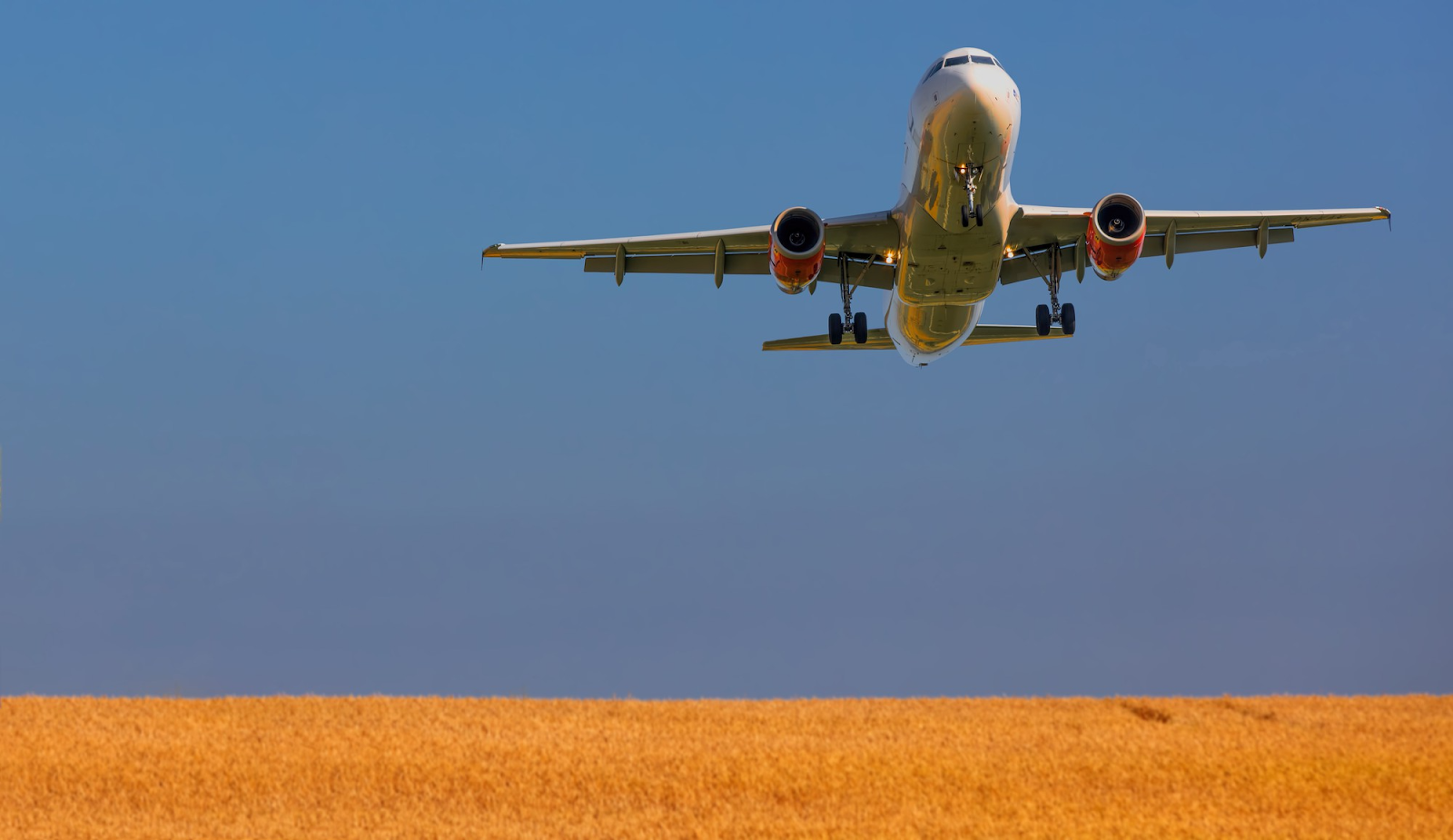
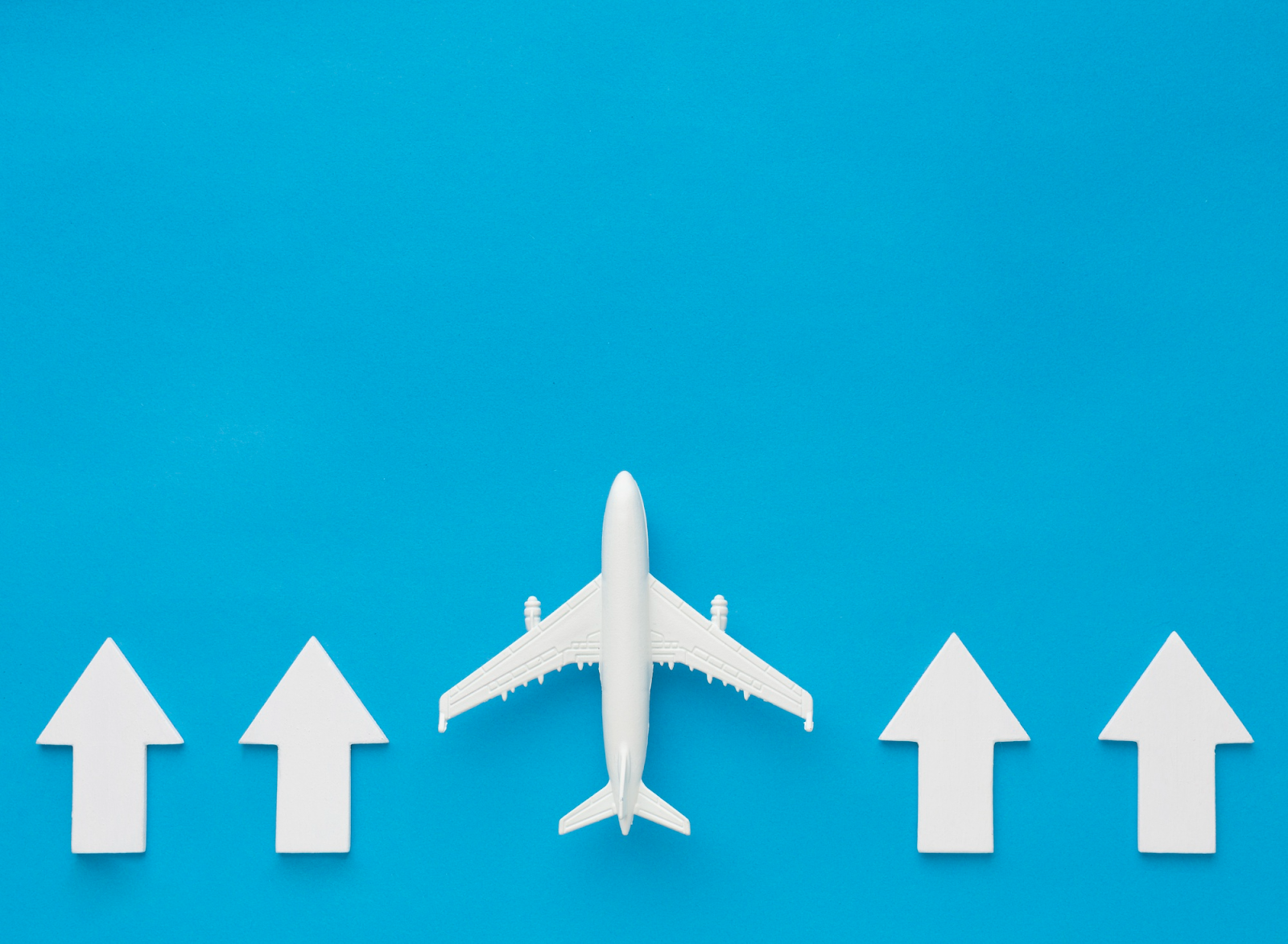
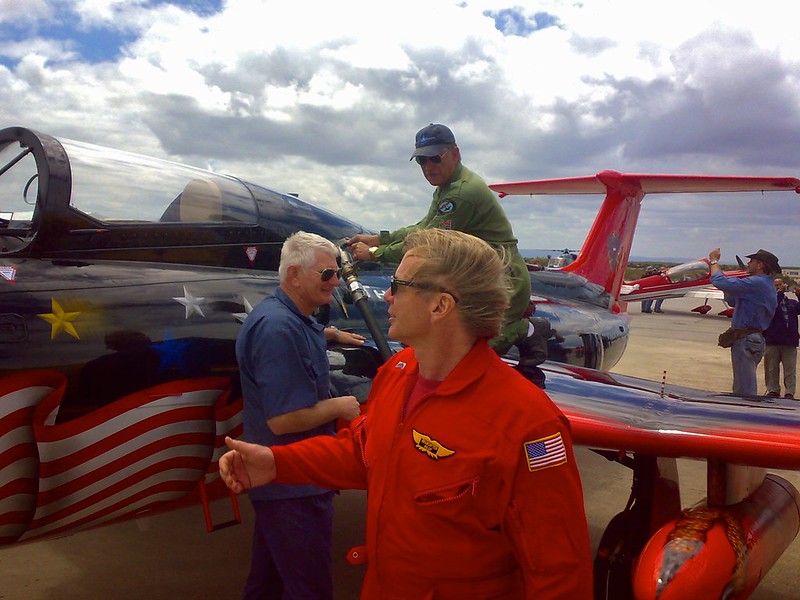
Published: August 5, 2025
Owning an aircraft is exciting, but it comes with big responsibilities. Did you know that the majority of general aviation planes in the United States are 40 years old or older? That means most aircraft flying today require careful upkeep to stay safe and legal. Every aircraft owner must follow rules that protect people in the air and on the ground.
These rules cover safety checks, paperwork, and how the plane is used. The job may seem complex at first, but once you understand the basics, it makes sense.
But first, let’s look at what it really means to be responsible for an airplane.
When we talk about owning a plane, it’s important to know that this type of property is very different from a car or boat. Planes must meet strict rules that are part of aviation law. The goal is to keep the skies safe and to make sure every flight is legal.
An aircraft has many systems and parts that must stay safe to fly. For example:
Because of this, the law requires regular inspection and service. This process is called aircraft maintenance. Maintenance is often done by a licensed mechanic known as an A&P (Airframe and Powerplant). These professionals sign off on work to confirm the plane is safe.
But even when a mechanic handles the work, the aircraft owner is still responsible for making sure it gets done. This includes:
Good record keeping is more than paperwork. It proves the plane is legal to fly. If an aircraft is sold, these records also help show that it has been cared for properly. This protects both the owner and the buyer.
In short, aircraft ownership means carrying the final duty for the airplane’s condition, safety, and paperwork. Owners can hire experts, but they cannot hand away their responsibility.
Rules for airplane owners may seem heavy, but they have a simple purpose: to keep flying safe. The sky is shared by passengers, pilots, and people on the ground. If something goes wrong, the results can be serious.
The Federal Aviation Administration (also called the FAA) makes rules for aircraft in the United States. In other countries, different groups handle this job, but the goal is the same—safe flying.
Here are the main reasons rules exist:
One of the most important rules is that every plane must stay in a condition of airworthiness. This means the aircraft meets all safety standards at any time it flies. To keep this standard, owners must follow schedules for inspection, repairs, and system checks.
For example:
Even though rules may look detailed, they are designed in steps that make sense. First, the aircraft owner registers the plane. Then, they must keep it in good shape through aircraft maintenance. Finally, they must keep clear records that show everything is done on time.
Without rules, each owner might handle things in their own way. That could create risks for passengers and other planes. With rules, the system works together, and safety improves for everyone.
Making rules is only part of the story. Someone must also check that owners follow them. In the United States, that job belongs to the Federal Aviation Administration. This group is often called the FAA, and it has offices and inspectors across the country.
Inspectors have the authority to:
If the FAA finds a problem, the aircraft owner is asked to fix it right away. In serious cases, the agency may ground the plane until repairs are made. This ensures that unsafe aircraft do not enter the skies.
Other countries have similar agencies. In Europe, it’s EASA. In the Philippines, it’s CAAP. No matter where the plane is based, the idea is the same: the government checks to make sure the plane stays safe.
It’s also worth noting that the FAA does not do the work for the owner. The owner must hire the right people, such as certified mechanics and inspection staff. But the FAA sets the standards and confirms they are being met.
For the aircraft owner, this means staying ready for review at any time. Keeping records organized, logging every repair, and showing proof of inspection are part of the process. Owners who stay prepared usually find that FAA visits go smoothly.
In the end, the system works like a partnership. The FAA sets the rules, and the aircraft owner makes sure the rules are followed. This balance helps create safe and reliable aircraft operation for everyone.
Being an aircraft owner comes with many duties. Planes are not like cars that you can park and forget. Aircraft are highly regulated machines, and keeping them legal and safe requires constant care. These responsibilities make sure every aircraft is airworthy and ready for flight.
| Responsibility | What It Means | Why It Matters | Examples |
| Maintain Airworthiness | Keep the plane safe and legal to fly. | Ensures the aircraft is airworthy and protects everyone onboard and on the ground. | Completing annual inspections, following maintenance schedules, checking that systems work before flight. |
| Follow Airworthiness Directives | Obey safety updates from aviation authorities. | Keeps the plane compliant with applicable airworthiness directives and prevents known failures. | Replacing a faulty part after a directive is issued, adding extra inspections as required. |
| Schedule Maintenance | Plan for routine maintenance and preventive maintenance. | Protects safety and longevity of the aircraft while reducing long-term repair costs. | Oil changes, propeller checks, radio tests, brake replacement. |
| Hire Qualified Personnel | Use licensed maintenance personnel and A&P mechanics. | Ensures work meets maintenance standards and legal requirements. | Taking the plane to a certified repair station or mechanic for service. |
| Keep Maintenance Records | Store detailed aircraft records of all work done. | Proves regulatory compliance, helps with resale value, and is required for inspections. | Recording dates of inspections, part replacements, and aviation maintenance notes. |
| Ensure Safe Operation | Make sure flying follows all laws and safety practices. | Supports aviation safety and reduces accident risk. | Checking fuel before flight, confirming pilot qualifications, logging flight hours. |
| Comply With FAA Rules | Meet all compliance with FAA regulations. | Ensures the aircraft stays legal in U.S. civil aviation. | Carrying airworthiness certificate, keeping registration up to date, following FAA aircraft certification standards. |
| Manage Insurance & Liability | Carry the right coverage if required. | Protects owner from financial risk and meets airport or lender requirements. | Liability insurance, hull coverage, renter’s insurance. |
| Work With Management Services | Use aircraft management or operators when needed. | Helps with complex aircraft or business aviation operations. | Hiring a company to schedule flights, manage crews, and track maintenance. |
| Oversee Aircraft Operators | Owners stay in charge even if others fly or manage. | Confirms aircraft owners and operators both follow the law. | Leasing a plane but making sure the operator keeps it compliant with FAA regulations. |
Here’s a more detailed look at the main areas of responsibility in a way that is clear and easy to follow.
The most important job of an owner is making sure the plane is a safe aircraft. This means checking that it is strong, reliable, and ready for each flight. The rules say that aircraft owners are responsible for this, even if they hire others to help.
To make sure the aircraft flying stays safe, owners must:
Planes are complex machines with many parts, from the small aircraft used for training to large jets used in business aviation. No matter the size, each must meet the same goal: safe operation.
Aircraft need constant care. Rules require routine maintenance as well as major inspections. These checks are often done by mechanics, but the aircraft owners and operators remain in charge of making sure they are done on time.
Important duties include:
A key part of this responsibility is knowing how understanding aircraft maintenance works. While owners may not turn the wrenches themselves, they should know when the next inspection is due, what work was completed, and what must be done next. This is why keeping good maintenance records is so important.
Airplanes must follow safety updates issued by authorities. These updates are called airworthiness directives. Each directive is legally required, and it tells owners what must be fixed or updated.
For example:
Failing to follow these directives can mean the aircraft is airworthy no longer. To fly again, the work must be done and documented. This keeps both aviation safety and public trust strong.
Owners rarely handle all tasks alone. They often depend on trained experts. These experts include:
Even when others are hired, the responsibility remains with the owner. They are still responsible for maintaining the plane and showing proof of work.
This team approach is common in civil aviation. Larger operators, especially in business aviation, often use full-time management services. Smaller owners may work with local repair shops. But in every case, the owner carries the final duty to maintain airworthiness.
Good paperwork is a vital part of owning an aircraft. The law requires owners to keep clear and accurate aircraft records. These records prove that the plane meets regulatory compliance.
Key records include:
Without these logs, it can be hard to prove the plane is safe. Poor records can also lower the value of the aircraft during a sale. On the other hand, strong documentation shows both safety and reliability and helps maintain trust with buyers, lenders, and inspectors.
Owners must also understand how rules apply to their plane. In the United States, this comes under compliance with FAA rules.
Some important points include:
This system ensures that each plane stays safe and meets national standards. It applies to all types of aircraft operators, from private pilots flying a small aircraft to companies running large jets.
A smart owner does not wait until something breaks. Instead, they plan for preventive maintenance. This means fixing or checking things before they fail.
Examples include:
In addition to preventive tasks, owners must also arrange routine maintenance such as annual inspections. This keeps the airplane compliant with FAA regulations and shows it meets the required maintenance standards.
Regular care protects safety and longevity. It reduces risks, lowers costs over time, and supports both safety and reliability.
It’s important to understand the difference between aircraft owners and operators.
Both have duties, but the owner cannot fully hand off their responsibility. Even when another company operates the plane, the owner must make sure it stays legal and safe.
This balance is key in aircraft management. Contracts may assign tasks, but the law always views the owner as responsible for maintaining the aircraft in airworthy condition.
All these responsibilities have one clear purpose: aviation safety. When planes are cared for, inspected, and documented, they are safer for pilots, passengers, and the public.
By following rules and respecting regulatory compliance, owners protect not only themselves but also the larger community of civil aviation. This builds trust in the system and allows thousands of planes to share the skies safely.
At the same time, careful management supports the safety and longevity of the aircraft itself. With proper maintenance and attention to details, an airplane can serve for decades. Good care ensures safety and reliability, saves money in the long run, and helps create lasting value for the owner.
The role of an aircraft owner may seem complex, but it comes down to one clear goal: keeping the airplane safe, legal, and ready to fly. Owners carry the duty to follow rules, schedule checks, and keep records in order. With care and attention, they can meet every requirement and enjoy the rewards of flying with confidence.
In the end, the goal is simple: safe skies and strong aircraft for everyone who loves flying.
If you want more helpful insights and resources about aircraft, check out Flying411 today.
Maintenance logs, inspection records, registration papers, and airworthiness certificates must be kept up to date and available for review.
Most small planes need a full inspection every 12 months, plus extra checks every 100 hours if they are used for hire.
Only licensed A&P mechanics or approved repair stations can perform and sign off most types of maintenance work.
The FAA does not require insurance for private use, but many airports, lenders, and countries do require coverage.
The plane cannot be flown until it is repaired and returned to airworthy condition by a certified mechanic or repair station.